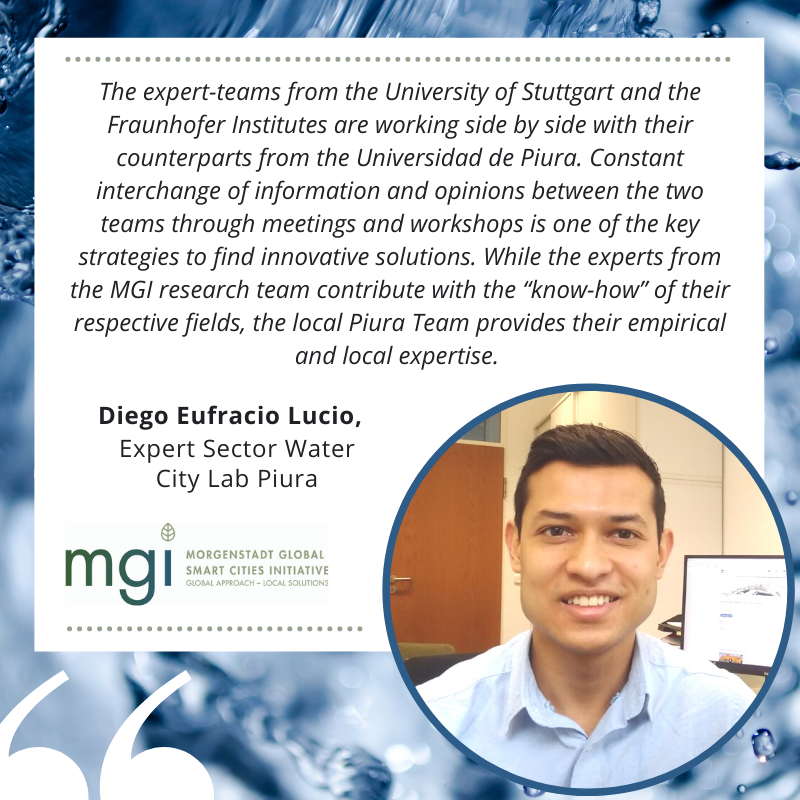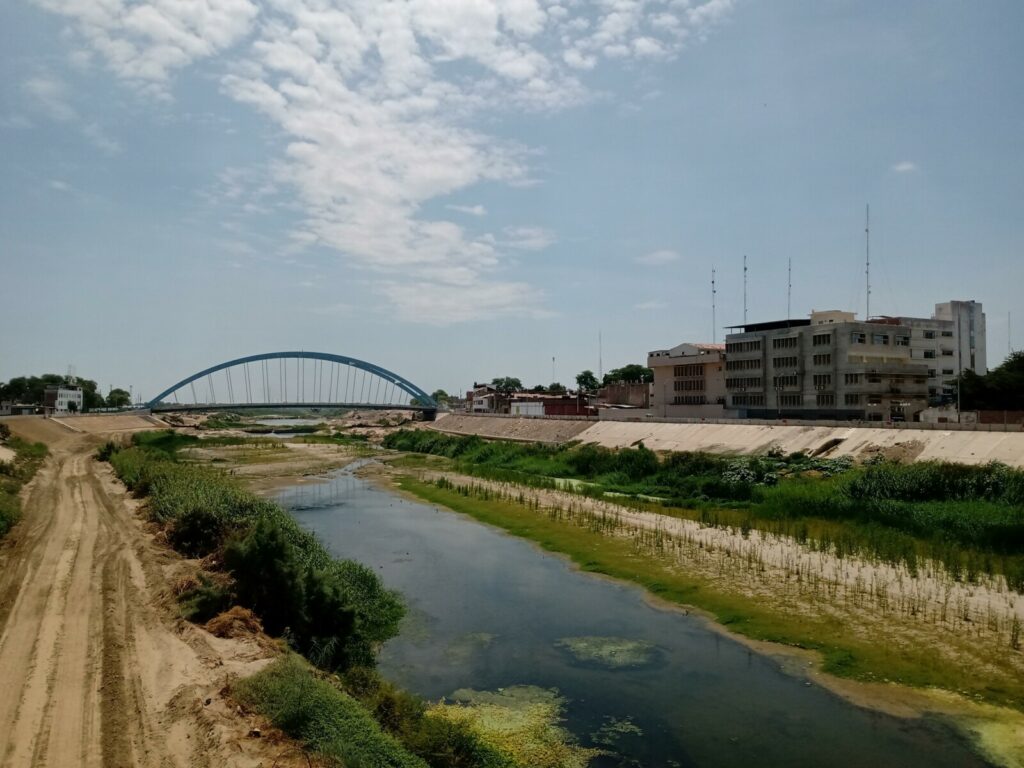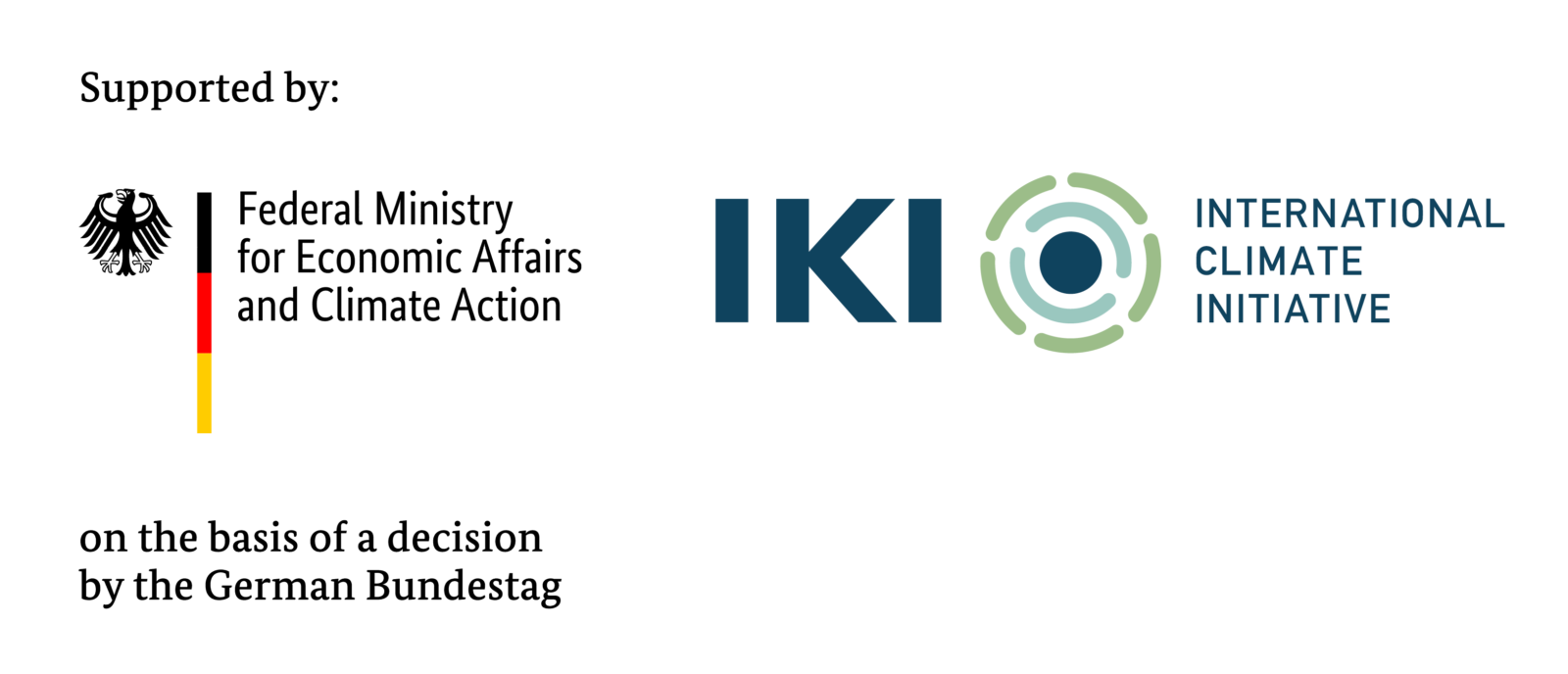Interview with the Water Expert of the City Lab Piura
Diego Eufracio Lucio, Research Associate in Innovation Field Water Technologies and Resource Recovery at Fraunhofer Institute for Interfacial Engineering and Biotechnology (IGB)

Q.: Please elaborate on the method for identifying the sector water and on the reasons for this particular sector in Piura
Due to its location, the City of Piura has been severely affected by the natural phenomena of El Niño and La Niña in the past. The impacts in the form of floods are enforced by climate change. Furthermore, as a developing city, it presents some issues related to water management. As part of the method for identifying the sector water, the first step was to list all these factors that manifest the problems associated to this field of application. Later, a comprehensive analysis of these aspects was carried out and complemented by a decision-making process to finally select around 25 indicators, such as water supply, sewer system, sanitation, among others, improvement of which may lead to a significant benefit for the city and its population. The sector water is one of the three selected domains for the City Lab Piura, since this resource is currently managed in an insufficient manner. However, it represents a potential component to reach the aims for the city envisaged by the Morgenstadt Global Smart Cities Initiative (MGI).
Q.: Which are the most important factors playing into water-management in Piura? What are special challenges and opportunities in the city when it comes to Water?
As previously introduced, the most important factors concerning the water management, identified for the City of Piura, are the water supply, the sewer system, the sanitation, and the water and wastewater treatment and recovery. All these components present challenges, as well as opportunities. For instance, after a research process of the corresponding indicators, followed by a comparison against international benchmarks, it has been found that only around 18% of them fall in the “above average” category, meaning that there is a relevant area of opportunity and a large effort to make, in order to achieve the established goals. Overall, there is a noticeable deficiency in terms of water supply, which is related to the lack of investment on infrastructure, operation and improvement of this service. Nonetheless, the team is committed to overcoming all these challenges and to taking advantage of the opportunities that every factor presents to make Piura a more resilient and sustainable city.

Q.: Which strategies and tools are used to find innovative solutions related to water for improving the city’s sustainability profile and resilience towards climate risks?
The team of MGI experts from the University of Stuttgart and the Fraunhofer Institutes are working side by side with their counterparts from the Universidad de Piura. Constant interchange of information and opinions between the two teams through meetings and workshops is one of the key strategies to find innovative solutions. While the experts from the Fraunhofer-Gesellschaft contribute with the “know-how” of their respective fields, the local Piura Team contributes with its empirical and local expertise, as they are faced daily with the issues related to climate change impacts in the water sector. This collaboration is extremely valuable, as the local team is in a great position to approach the corresponding stakeholders within the governance, industrial, academic and societal areas. Regarding the tools, the virtual media have been indispensable, for shortening the distance between the two teams as well as enabling the gathering of information and enhancing the contact with the stakeholders in Piura, especially during this time of pandemic.
Q.: Are there tangible examples for solutions or projects in the sector water, yet?
Currently, there are isolated projects, which principally aim for the improvement of the infrastructure of the city in terms of resilience against the natural phenomena of El Niño and La Niña. Similarly, there are ongoing efforts to mitigate the regional drought caused by climate change, which involve the supply of water from the higher catchment areas to the lower ones. Concerning the municipality of Piura, a plan is being developed where the water management is taken into consideration. Likewise, there is a regulation regarding the reuse of water in the agricultural sector. Nevertheless, there is still a big gap to bridge. The City Lab Piura is fully committed to uniting these individual efforts, by developing a holistic project that can tackle some of the main issues of the sector water in this city.

